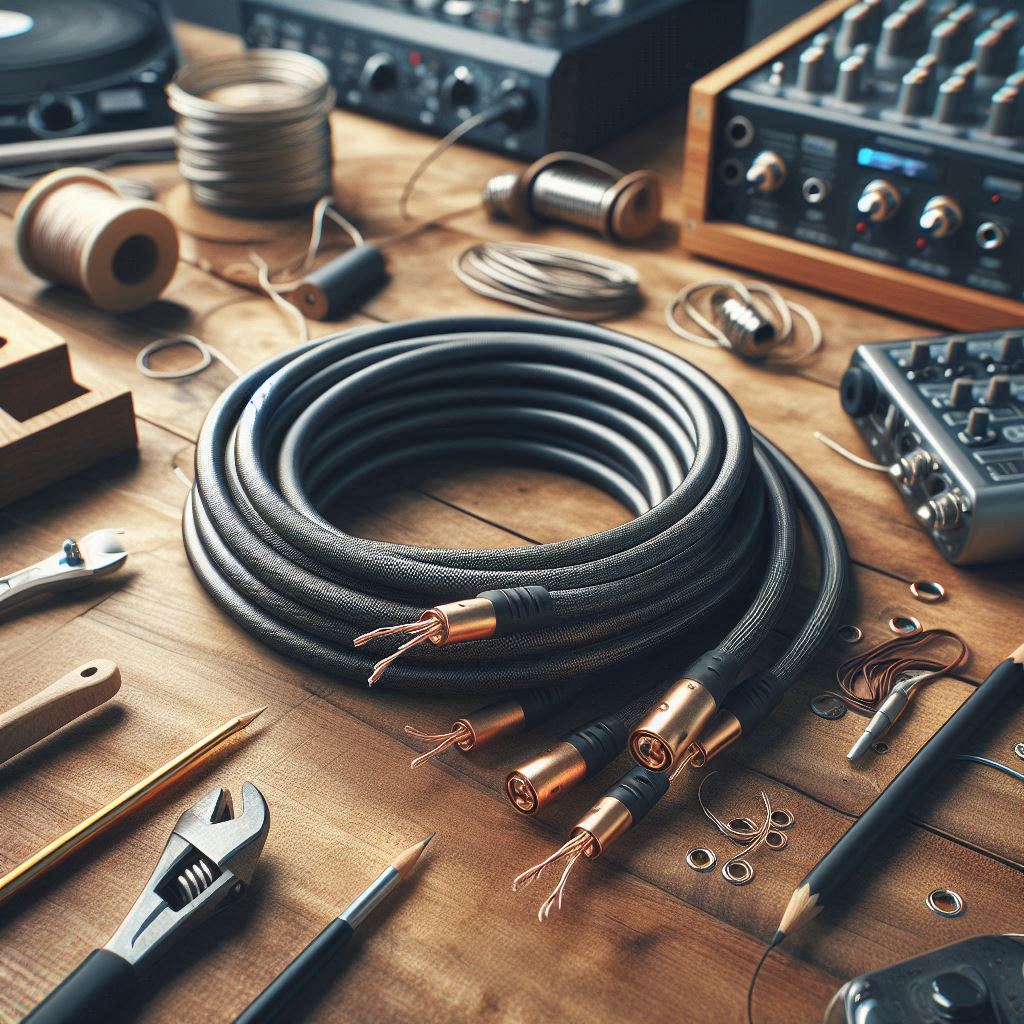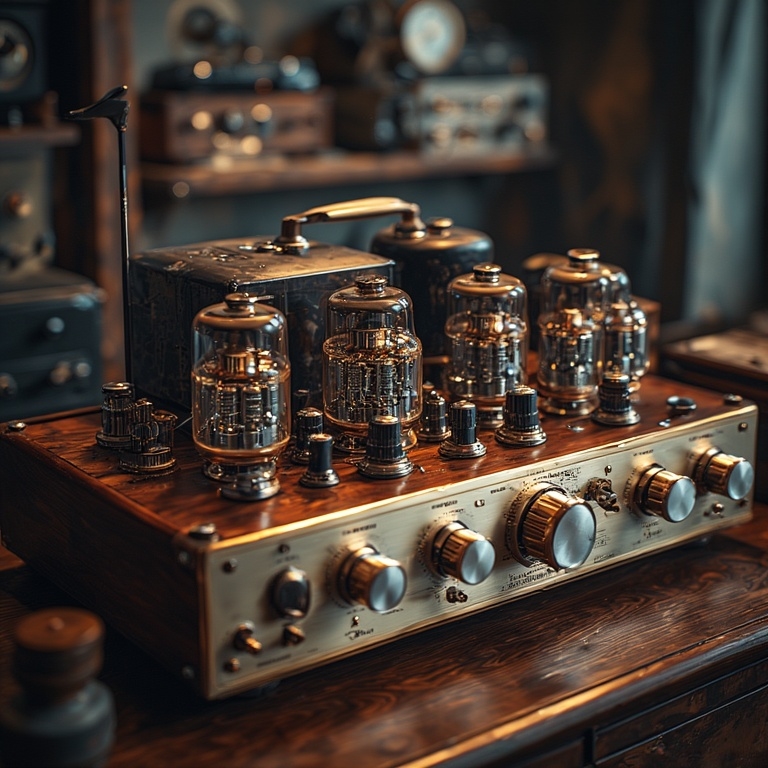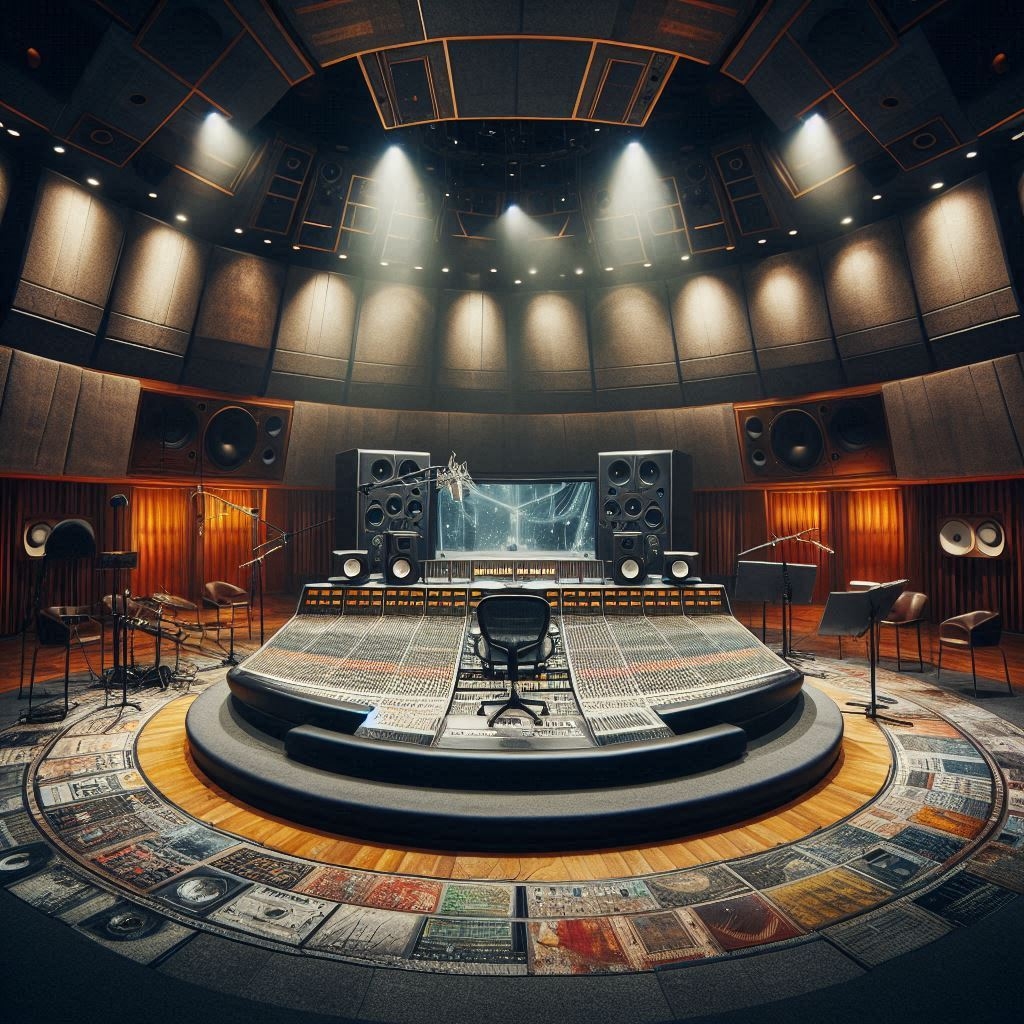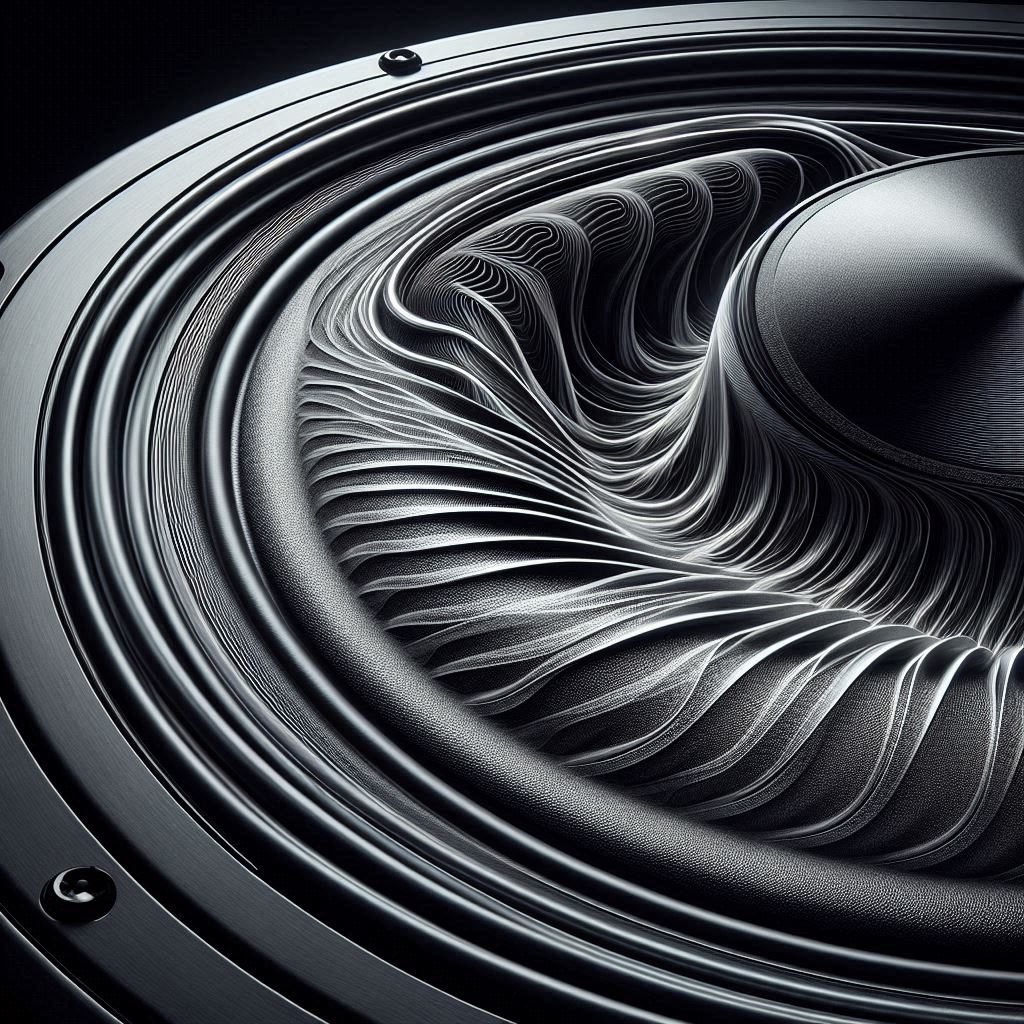Bi-Wiring
What is Bi-Wiring in Audio and What Does It Do?
Bi-wiring is a technique used in audio systems where two sets of speaker cables connect a single speaker to an amplifier. This method aims to improve sound quality by reducing interference and enhancing clarity.
What is Bi-Wiring?
Bi-wiring involves using two pairs of speaker cables for one speaker. Most modern speakers come with two sets of terminals—one for the high frequencies (tweeters) and one for the low frequencies (woofers). By running separate cables from the amplifier to each set of terminals on the speaker, bi-wiring keeps the high and low-frequency signals separate.
How Does Bi-Wiring Work?
In a standard setup, a single cable runs from the amplifier to the speaker, and inside the speaker, the signal splits between the tweeter and the woofer. With bi-wiring, two sets of cables are used, keeping high and low-frequency signals separate until they reach the speaker. This separation reduces signal interference.

Benefits of Bi-Wiring
Clearer Sound
Bi-wiring minimizes interference, resulting in cleaner sound.
Better Detail
Instruments and vocals sound more distinct and detailed.
Improved Imaging
Creates a more precise soundstage, making the music feel multidimensional.
Lower Distortion
Keeping signals separate reduces distortion and enhances overall sound quality.
How to Bi-Wire Your Speakers
Check Your Speakers
Ensure your speakers have two sets of binding posts, typically labeled for high and low frequencies.
Remove Jumpers
If your speakers have metal links or jumpers connecting the high and low terminals, remove them.
Connect the Cables
Use two pairs of speaker cables, one pair for the high-frequency terminals and another for the low-frequency terminals.
Connect to the Amplifier
Join the two positive wires and the two negative wires at the amplifier end before connecting them to the amplifier.
The Difference
Can Everyone Hear a Difference?
The results of bi-wiring can be subjective.
Audio Equipment Quality
High-quality speakers and amplifiers reveal the benefits of bi-wiring more clearly.
Listening Environment
Room acoustics play a crucial role. Well-treated rooms with minimal echo and background noise can help you appreciate the finer details.
Personal Hearing Ability
Everyone’s hearing is unique, and sensitivity to certain frequencies can vary.
Type of Music
Complex, richly layered tracks might showcase the benefits of bi-wiring more than simple, bass-heavy tracks.

The Experience
Expectations and Experience
Experienced audiophiles may notice the differences more readily than those new to high-fidelity audio.
Is Bi-Wiring Actually a Good Idea?
Whether bi-wiring is a good idea can depend on several factors, and opinions vary.
Potential Benefits
Bi-wiring can reduce interference and potentially lead to clearer sound. High-quality systems benefit more from bi-wiring.
Equipment Quality
The advantages of bi-wiring are more pronounced with high-end audio systems.
Personal Preferences
Audio perception is subjective. The improvements might be more significant to some listeners.
Cost and Complexity
Bi-wiring requires extra cables, increasing cost and complexity.
Room Acoustics
Well-treated rooms might make the benefits of bi-wiring more apparent.
Alternative Upgrades
Other upgrades, like better speakers or room acoustics, might offer more significant improvements.
Conclusion
Bi-wiring is a method that can enhance your audio system by improving sound clarity and reducing interference. It’s a relatively simple upgrade that can make a noticeable difference in the quality of your music. Whether it’s the right choice for you depends on your equipment, listening environment, and personal preferences. If you’re curious, experimenting with bi-wiring might be worth a try to see if it improves your listening experience.
Join the Discussion
Have you tried bi-wiring your speakers, or are you considering giving it a go? What differences, if any, have you noticed in your audio experience?















Cherie
I’m extremely impressed along with your writing abilities as smartly as with the layout for your weblog.
Is this a paid theme or did you modify it yourself? Either way keep
up the nice high quality writing, it’s uncommon to look a nice blog like this one
nowadays. Stan Store alternatives!